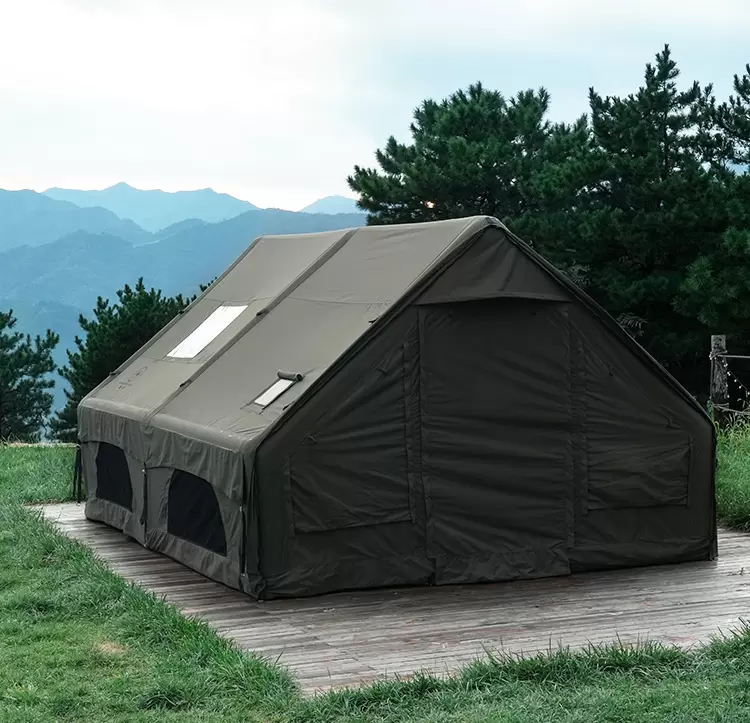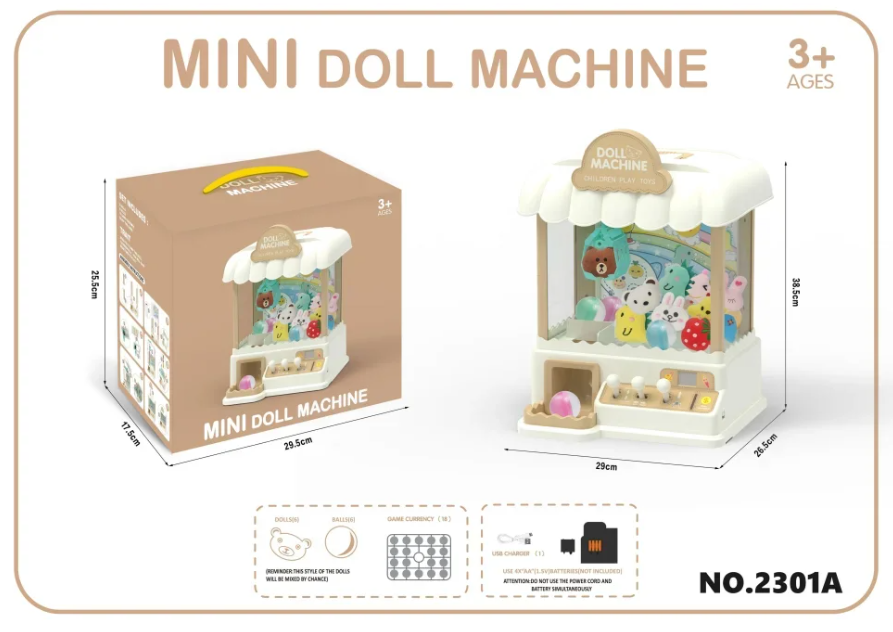When it comes to brewing coffee, enthusiasts often find themselves caught in a debate: which method produces a superior cup of coffee, the percolator or the drip coffee maker? Both methods have their advocates, and each offers unique characteristics that can significantly influence the flavor, aroma, and overall experience of your coffee. In this article, we will delve into the intricacies of both brewing methods, examining their mechanics, flavor profiles, and practical considerations to help you determine which makes better coffee.
Understanding the Brewing Methods
Percolator: A Classic Approach
The percolator is a time-honored coffee brewing method that dates back to the 19th century. Its design consists of a pot with a water chamber at the bottom, a filter basket, and a tube that allows brewed coffee to cycle back through the grounds. The process begins by heating water in the lower chamber, which creates steam pressure that forces the water up the tube and over the coffee grounds. As the water seeps through the grounds, it extracts flavors and oils before returning to the pot.
Pros of Percolators:
- Rich Flavor: The continuous cycling of water through the coffee grounds can produce a robust and intense flavor profile. This method is particularly favored by those who enjoy a strong cup of coffee.
- Temperature Control: Percolators maintain a high brewing temperature, which can enhance the extraction of oils and flavors, contributing to a fuller-bodied coffee.
Cons of Percolators:
- Over-Extraction Risk: The prolonged contact between water and coffee grounds can lead to over-extraction, resulting in a bitter taste if not monitored closely.
- Inconsistent Results: Achieving the perfect brew can be challenging, as factors like grind size, water temperature, and brewing time can significantly affect the outcome.
Drip Coffee Maker: The Modern Standard
The drip coffee maker, often seen in homes and offices, operates on a simpler principle. Water is heated in a reservoir and then dripped over a filter containing coffee grounds. The brewed coffee then drips into a carafe below. This method is known for its convenience and consistency.
Pros of Drip Coffee Makers:
- Ease of Use: Drip coffee makers are user-friendly and often come with programmable features, allowing for a hassle-free brewing experience.
- Consistency: The controlled brewing process typically yields consistent results, making it easier to replicate your favorite cup of coffee.
Cons of Drip Coffee Makers:
- Limited Flavor Depth: While drip coffee can be flavorful, it may lack the intensity and complexity that some coffee aficionados seek. The shorter brewing time and lower temperatures can result in a less robust cup.
- Potential for Under-Extraction: If the grind size is too coarse or the brewing time is too short, the coffee may be under-extracted, leading to a weak flavor.
Flavor Profiles: A Comparative Analysis
When comparing the flavor profiles of coffee brewed from a percolator versus a drip coffee maker, several factors come into play:
- Extraction Efficiency: Percolators tend to extract more oils and flavors due to their brewing method, which can lead to a richer and more complex cup. However, this can also result in bitterness if over-extraction occurs. Drip coffee makers, on the other hand, may produce a cleaner taste but can sometimes lack the depth of flavor.
- Grind Size: The grind size of the coffee beans plays a crucial role in both methods. A finer grind is often recommended for percolators to enhance extraction, while a coarser grind is typically better for drip coffee makers to prevent clogging and ensure even extraction.
- Brewing Time: Percolators usually require a longer brewing time, which can intensify flavors but also risks bitterness. Drip coffee makers generally brew faster, which can preserve some of the coffee's delicate flavors but may not extract the full potential of the beans.
Practical Considerations
When choosing between a percolator and a drip coffee maker, consider the following practical aspects:
- Time and Convenience: If you prioritize convenience and speed, a drip coffee maker is likely the better choice. It allows for quick brewing and often includes features like timers and auto shut-off.
- Flavor Preference: If you are an adventurous coffee drinker who enjoys experimenting with different flavors and intensities, a percolator may be more appealing. It offers the opportunity to craft a unique cup tailored to your taste.
- Maintenance and Cleanup: Drip coffee makers are generally easier to clean, with many models featuring removable parts that are dishwasher safe. Percolators may require more effort to clean due to their design.
Conclusion: The Final Brew
Ultimately, the question of which brewing method makes better coffee—percolator or drip—boils down to personal preference. If you enjoy a bold, rich flavor and are willing to invest time in the brewing process, a percolator may be your best bet. Conversely, if you value convenience and consistency, a drip coffee maker is likely to meet your needs.



